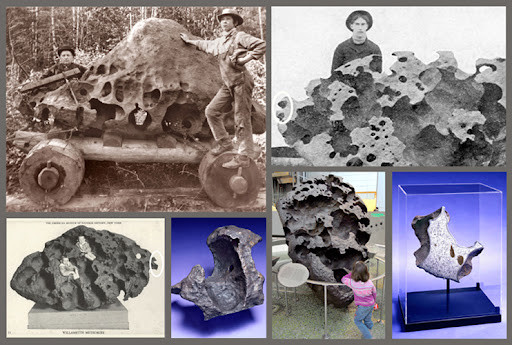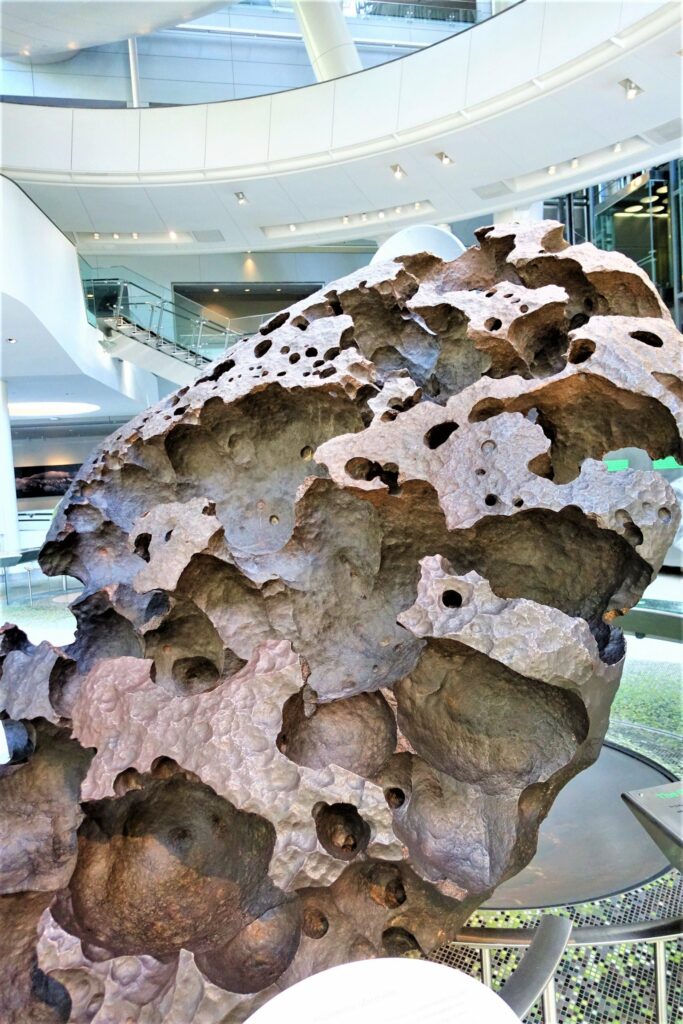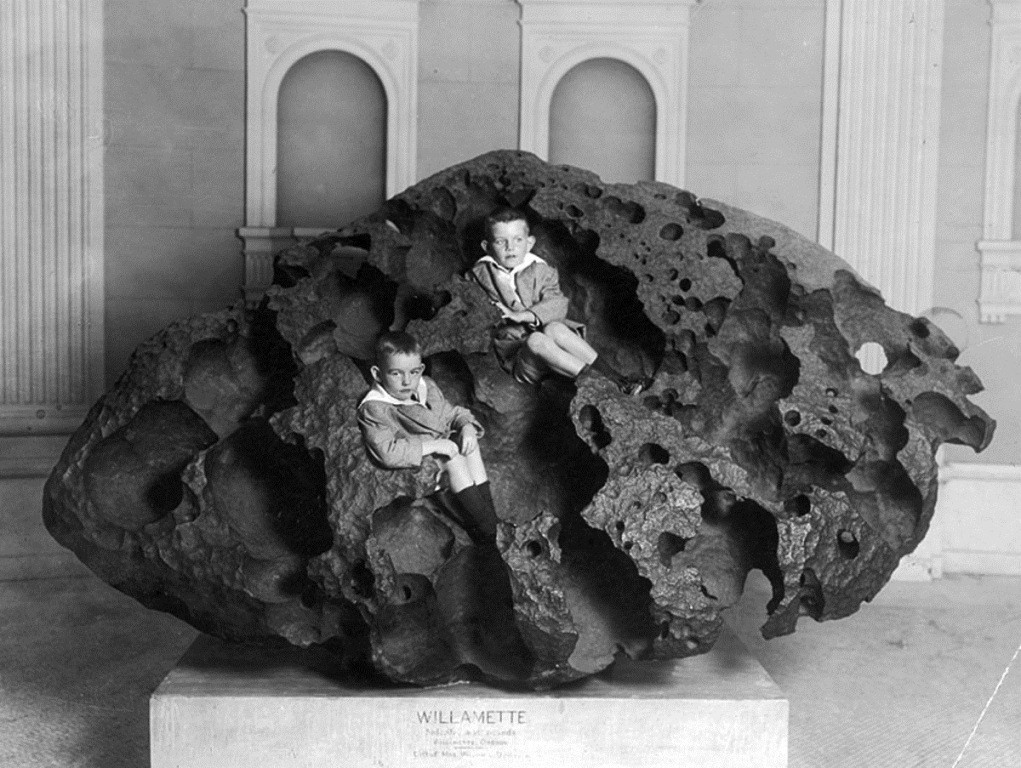A Celestial Visitor with a Mysterious Past
In the heart of Oregon’s Willamette Valley lies a silent sentinel from space – the Willamette Meteorite. Weighing a staggering 15.5 tons, this iron giant is one of the largest meteorites ever discovered in the United States. Its origins trace back to the asteroid belt between Mars and Jupiter, a testament to the vastness of our solar system.
The Crater Conundrum
Despite its enormous size, the Willamette Meteorite presents a perplexing mystery: there’s no impact crater to be found. This absence has led scientists to ponder the unique circumstances of its arrival on Earth.
A Cosmic Connection to Climate Change?
The timing of the Willamette Meteorite’s impact, estimated at around 13,000 years ago, coincides with a fascinating period in Earth’s history – the Younger Dryas. This era of sudden global cooling has long puzzled researchers.
The Younger Dryas Debate
While traditional explanations for the Younger Dryas focus on changes in ocean currents and solar activity, a new theory has emerged. Some scientists now believe a cosmic impact event, possibly involving multiple airbursts or comet fragments, may have triggered this dramatic climate shift.
Piecing Together the Puzzle
Could the Willamette Meteorite be a remnant of this larger cosmic event? As researchers analyze its composition and study its potential effects, they’re slowly unraveling the connection between this space rock and Earth’s climate history.
The Willamette Meteorite stands as a captivating link to our planet’s past, reminding us of the profound influence celestial events can have on Earth’s delicate systems. As science progresses, we may one day fully understand the role this cosmic visitor played in shaping our world’s climate history.








